Poultry production is a vital component of the global food supply chain, providing a significant source of protein in the form of meat and eggs. However, this industry is not without its challenges, from disease outbreaks and sustainability concerns to ethical and regulatory issues. In this comprehensive article, we will explore the multifaceted challenges facing poultry production and the innovative strategies and solutions that are helping this industry navigate towards a more sustainable and responsible future.
1. Disease Management and Biosecurity
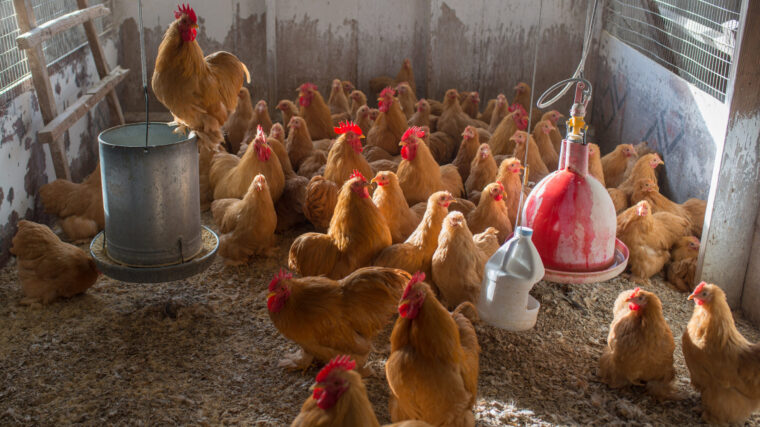
One of the perennial challenges in poultry production is the management of diseases that can devastate flocks. Avian influenza, Newcastle disease, and infectious bronchitis are among the most notorious threats to poultry health. Strategies for navigating this challenge include:
Strict Biosecurity Measures:
Poultry farms are implementing rigorous biosecurity protocols to prevent the introduction and spread of diseases. These measures include controlled access, disinfection, and employee training.
Vaccination Programs:
Vaccination plays a critical role in protecting poultry against various diseases. Well-designed vaccination programs are essential for maintaining flock health.
Genetic Selection for Disease Resistance:
Selective breeding programs are focusing on developing poultry breeds with enhanced disease resistance, reducing the need for antibiotics and antimicrobial treatments.
2. Sustainability Concerns
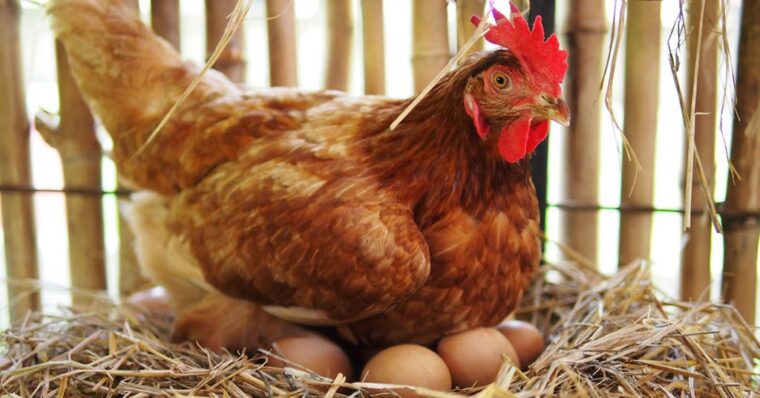
As environmental awareness grows, sustainability in poultry production has become a paramount concern. The industry faces scrutiny regarding resource use, waste management, and ethical treatment of birds. Strategies to address sustainability challenges include:
Alternative Feed Ingredients:
Poultry feed production is a resource-intensive process. Farmers are exploring alternative ingredients like insects, algae, and food waste to reduce the ecological footprint of feed production.
Waste Recycling and Energy Efficiency:
Efforts to recycle poultry waste into valuable resources, such as organic fertilizers, help reduce environmental impact. Additionally, energy-efficient practices and renewable energy sources are being adopted to lower carbon emissions.
Ethical Practices:
Consumers are increasingly demanding ethical treatment of animals. Poultry farms are responding by providing more space, natural lighting, and opportunities for natural behaviors, such as scratching and dust-bathing.
3. Regulatory and Food Safety Challenges
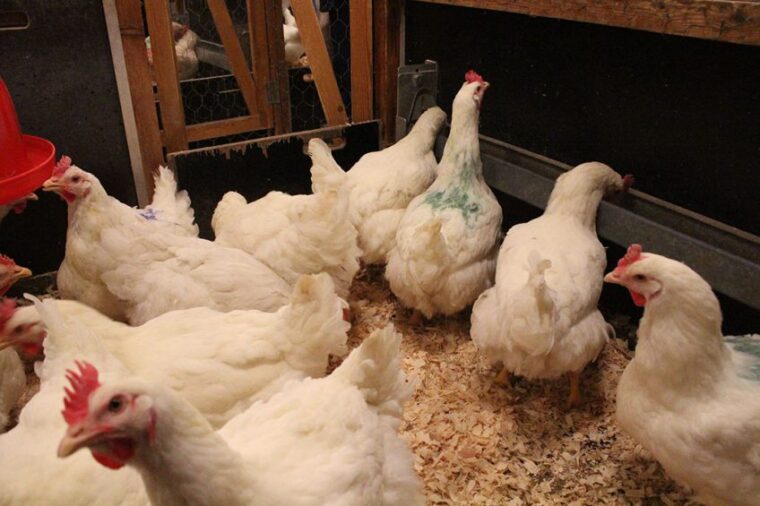
Poultry production is subject to stringent regulatory standards to ensure food safety and quality. Meeting these standards can be a complex challenge:
Antibiotic Use Reduction:
Regulatory bodies are placing restrictions on antibiotic use in poultry farming to combat antibiotic resistance. Farmers are adapting by implementing alternative health management strategies.
Food Traceability and Labeling:
Ensuring traceability and accurate labeling is critical for food safety. Innovative technologies like blockchain are being used to track the journey of poultry products from farm to table.
4. Market Dynamics and Consumer Preferences
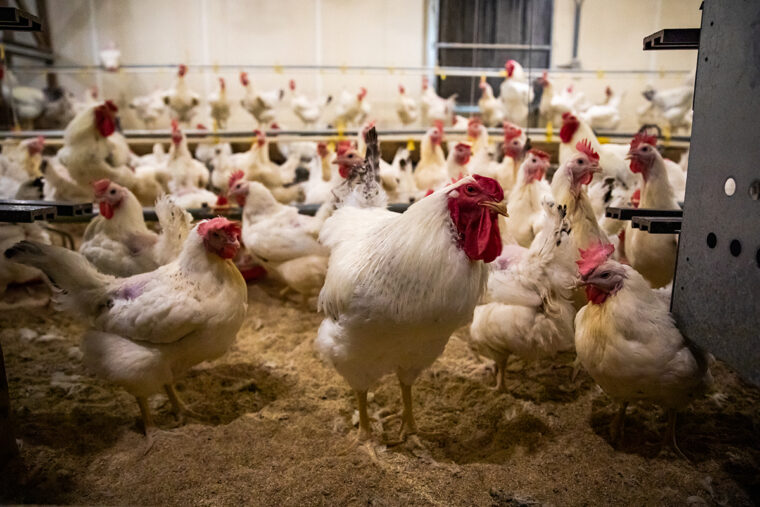
The poultry industry must also adapt to evolving market dynamics and changing consumer preferences:
Specialty and Organic Products:
Consumers are increasingly seeking specialty and organic poultry products, which often command premium prices. Farmers are diversifying their production to meet these demands.
Transparency and Communication:
Engaging with consumers and being transparent about farming practices is becoming crucial. Farms are using social media and other platforms to connect with consumers and build trust.
5. Technological Advancements
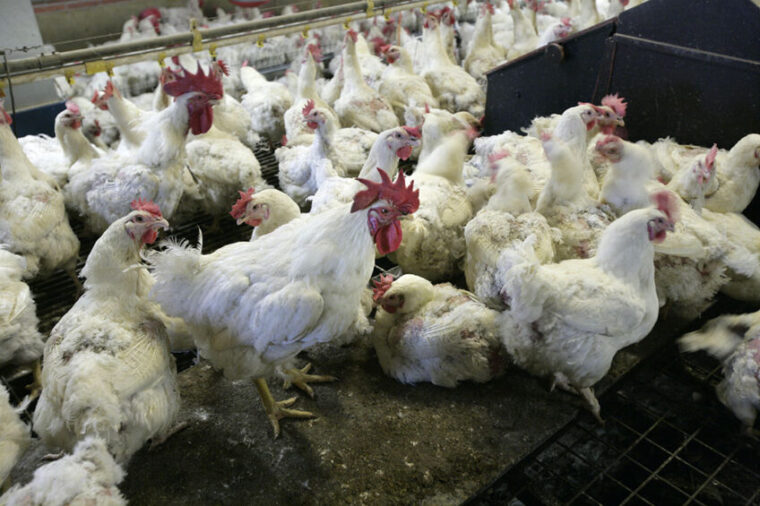
Technology is playing a significant role in addressing challenges in poultry production: Precision Farming:
Sensors, data analytics, and monitoring systems are used for precise flock management, optimizing conditions for bird health and growth.Automation:
Automated poultry equipment simplifies labor-intensive tasks, reduces production costs and increases efficiency.
Conclusion
The chicken and the egg, long symbolic of life’s conundrums, have now taken on new meaning in the context of challenges facing poultry production. While the industry grapples with disease outbreaks, sustainability concerns, regulatory hurdles, and shifting consumer preferences, it is also embracing innovation and responsible practices to navigate these challenges. As we look to the future, the poultry industry’s ability to adapt, innovate, and meet the demands of a changing world will be pivotal in ensuring a sustainable and ethical supply of poultry products for generations to come. Through collaboration, technology, and a commitment to best practices, the chicken and the egg can continue to play a crucial role in feeding the world.
